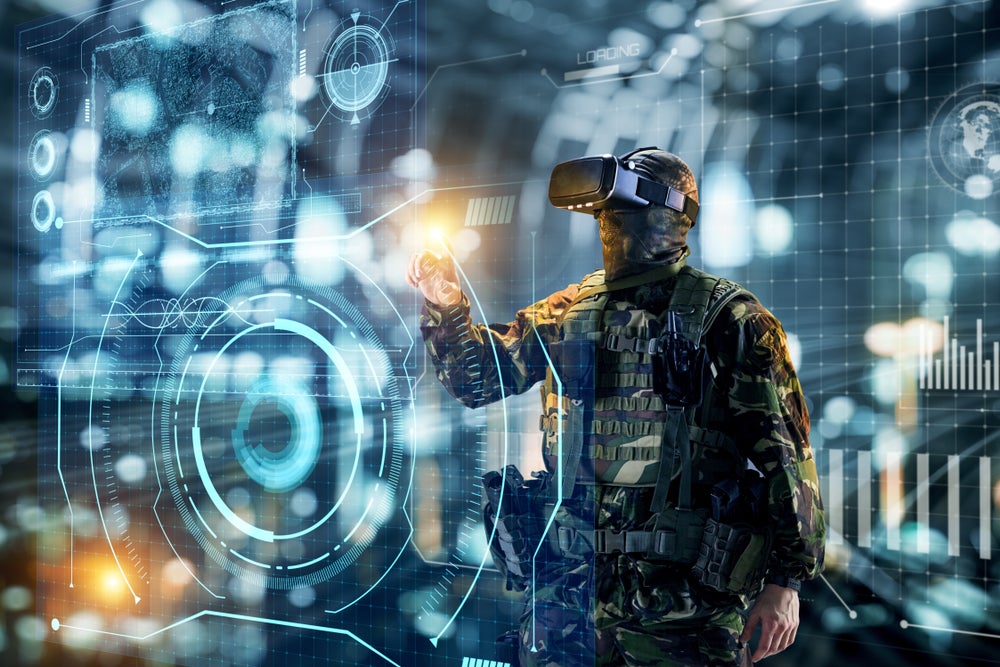The gaming industry has grown steadily over the past decade, reaching an audience of approximately three billion users. Leading data and analytics company GlobalData values the industry at $219bn and forecasts it to reach $337bn by 2030. Gaming is transitioning from being seen as simple entertainment to something much more economically important.
John Healey, the UK government’s defence secretary, recently made a bold statement: “If you have a passion for cyber, if you’re good at gaming, then you may have the skills that the British military needs.” The question for gaming fans is whether they simply want to continue to be gamers, or whether they can utilise those skills to create and develop a career in the military.
How gaming aids in military recruitment
Working within the military is a highly skilful role, in which soldiers must be trained physically and mentally to fulfil their duties. However, technological innovation means a new type of capability – cyber-related skills – is being urgently sought. Modern militaries have started to rely heavily on drones and cyber defence systems. The military drone market has grown in recent years, reaching $14bn in 2023 and being projected to hit $47.2bn by 2032. This growth means the demand for drone pilots has increased accordingly.
Many gamers who play Call of Duty and Battlefield are likely tech-savvy and adaptable. This is due to their exposure to operating complex systems and managing digital interfaces, both of which develop skills that are directly transferable to drone operation. With this in mind, military recruiters are seeking gamers to fill roles.
What does the military gain from gaming?
Gaming hardware is constantly being developed and upgraded, making it beneficial to the military. Gaming hardware facilitates, and aids the military in training and education, through simulations. These simulations involve tactical simulators such as Virtual Battlespace, or flight/vehicle simulators. NVIDIA, along with competitors, constantly develops and releases new graphics processing units, allowing for more realistic and accurate training simulations. This is done by providing high-quality images at high frames per second. Throw in augmented reality (AR) or virtual reality (VR) headsets and we have an additional layer of realism, allowing for more in-depth training.
Another benefit gaming brings is its software. Similarly to gaming hardware, gaming software can be utilised in an educational setting within the military, to develop decision-making and problem-solving skills. Wargaming software allows military leaders to simulate various scenarios, testing out strategies and tactics that can then be applied should the situation arise. Gaming software allows for a smoother training process due to its practicality, without potential drawbacks such as physical fatigue. An example application would be Command: Modern Air/Naval Operations.

US Tariffs are shifting - will you react or anticipate?
Don’t let policy changes catch you off guard. Stay proactive with real-time data and expert analysis.
By GlobalDataThe importance of AI
With AI taking centre stage in modern society, depending on the application, it could potentially enhance or limit the military’s gaming use. With drone pilots, AI and humans currently work in collaboration, offering the best results. However, as AI evolves and inevitably improves, will it make human drone pilots obsolete? AI may start taking complete operating control of drones, acting to a more precise degree of accuracy and a lower margin of error. This would lower the demand for gaming technology in training.
Conversely, generative AI can be used to create realistic, nonplayable characters that can be implemented in games to aid in training – for example, in a target recognition simulation.
The future of gaming in the military
The future of gaming within the industry looks bright, with constant innovation and exciting new ideas being brought to life. A particular field that looks promising is the VR and AR market, which in 2023 was valued at $25bn, with a projected value of $245bn by 2032. This technology has the potential to heavily impact the military simulator systems market as it can be used to create more realistic training simulations. With this huge, expected growth, the innovation potential is off the charts.
GlobalData also predicts that the metaverse will have a huge hand to play, and we may see more collaborations between gaming companies and the military. In the meantime, we should all keep playing. Who knows, it could spark a new career path.






